 https://www.prestofreshgrocery.com/media/catalog/product/cache/1/image/800×800/9df78eab33525d08d6e5fb8d27136e95/w/i/wildharvestcannellini.jpg
https://www.prestofreshgrocery.com/media/catalog/product/cache/1/image/800×800/9df78eab33525d08d6e5fb8d27136e95/w/i/wildharvestcannellini.jpg
History:
The legume (also called pulse) plant family includes beans, peas, lentils, and chickpeas. There are over 16,000 types of legumes grown all over the world. Peanuts are actually classified as legumes! Don’t worry if you are allergic to peanuts; however, most people with a peanut allergy have no problem eating other legumes like black beans and chickpeas.
Nutrition:
Beans are an excellent source of protein and minerals such as magnesium and zinc. They are also high in folic acid and fiber. Folic acid is important for cell growth and function, especially red blood cells.
Beans also have high iron content, as one half cup of white beans contains 22% of the daily value of iron. Iron is a mineral that aids in bringing oxygen from the lungs to the rest of the body. The type of iron found in plant sources is harder to absorb than that found in animal sources. However, Vitamin C has been shown to enhance iron absorption. In one study, taking 100 mg of vitamin C with a meal increased iron absorption by 67%. In order to absorb as much iron as possible from beans, eat beans along with foods high in vitamin C, like citrus fruits and bell peppers. For example, next time you eat tacos with black beans, squeeze a little lime juice over them!
Legumes and specifically beans are often known for causing bloating and gas. This is because they contain high amounts of fiber and FODMAPs (short-chain carbohydrates that the small intestine absorbs poorly and may cause digestive distress in certain people). Many people experience bloating and gas if they are not used to eating a high-fiber diet, but the body usually adjusts to a high-fiber diet eventually. Soaking and draining the beans before cooking may also help with bloating and gas, as it removes excess sugar starch called raffinose. If the bloating and gas really bothers you, soak the beans for up to 12 hours and drain and rinse every three hours as desired. Kombu is a type of seaweed that contains enzymes that break down raffinose sugars in beans. When cooking beans, add a four inch strip to the beans and it may reduce bloating and gas as well.
Canned vs Dry
Beans are a great, healthy addition to your diet. If you want to save money and control the sodium and flavor of your beans, cook with dry beans. Of course, dried beans require more time to make, so many people like to used canned beans for the convenience.
How to cook dried beans
Beans are dried seeds and have evolved over time to have thick shells to protect them to the next growing season. Because of this, cooking beans requires a long time in hot water to allow the beans to absorb enough water to become tender. It is important to fully cook beans, as raw beans contain a toxin called phytohemagglutinin, which has a toxic effect when consumed in high levels. Red kidney beans have the highest levels of this toxin. Cooking destroys this toxin.
When cooking dried beans, it is best to choose beans that are not too old. Dried beans rarely “go bad”, but the older the beans are, the longer it will take to cook them. It is also important to rinse the beans before cooking to remove any dirt. This can easily be done in a strainer.
Soaking beans gives them a headstart at absorbing water and often decreases the cooking time. However, don’t worry if you forgot to soak your beans ahead of time. They will still cook just fine, they will just need more time on the stove. Lentils and split peas cook quickly and do not need to be soaked. Keep in mind that one cup of dried beans will make about three cups cooked. You do not need to drain the water you soak your beans in, but again many people find that draining the soaking water and replacing it with fresh water reduces the bloating the beans can cause.
To cook beans, make sure water is covering the beans by at least two inches. In order to fully cook, the beans need to be fully covered in water. Add salt and any seasonings you desire, like bay leaves, pepper, or even use broth to cook your beans. On the stove top, cook your beans on a low simmer – a strong boil can cause their skins to burst and make for mushy beans. This cooking method takes from 15 minutes (red lentils) or up to 4 hours (unsoaked chickpeas). Add water as needed. You can also use a slow-cooker or pressure-cooker. Just don’t cook red kidney beans in a slow cooker, as the temperature may not get high enough to destroy the harmful toxins in it. Another hint – if you cook your beans in an uncovered pot, they will end up more firm and intact – perfect for salads and pasta dishes. If you cook your beans with the lid on but slightly ajar, you will end up with soft, mushy beans – perfect for dips, hummus, refried beans, and certain soups. If you have cooked your beans for a few hours and they are still hard you may be dealing with very old or improperly stored beans, cooking with too hard of water, or acidic conditions.
Save the water you boil the dried beans in and use to flavor and thicken soups and stews. Beans freeze very well. Keep cooked beans in your freezer to pull out and use whenever you need them!
Good ways to use beans:
- Beans are a great breakfast – eat with eggs or in a breakfast burrito
- Add beans to a salad – a great protein addition
- Add beans to taco meat
- Make a dip with beans – just blend chickpeas/garbanzo beans, olive oil, and desired seasonings to make hummus. Or try this with any type of bean.
- Add to soups
- Blend or mash beans and use to thicken soups
- Make homemade refried beans
- Add beans to cookies or brownies
- Or enjoy beans as the star of the show as in this recipe below
5-minute bean salad
Recipe adapted from Super Natural Simple
Ingredients:
- 2 cans cannellini beans, drained and rinsed (rinsing removes excess salt) or prepared dry beans
- 1/4 cup marjoram or oregano leaves
- 1/4 cup fresh parsley
- 3 cloves garlic
- 1/4 teaspoon salt
- 1/3 cup extra-virgin olive oil
- 1/2 cup toasted sliced almonds or homemade croutons
- black pepper
- parmesan (optional)
Place beans in a medium serving bowl.
In a blender or food processor, pulse marjoram or oregano, parsley, garlic, salt, and oil. Toss with the beans and almonds or croutons. Top the salad with black pepper and parmesan.
Sources:
https://usdrybeans.com/health-nutrition/bean-facts/#FAQ1no7
https://www.healthline.com/nutrition/increase-iron-absorption#TOC_TITLE_HDR_4
Salt, Fat, Acid, Heat by Samin Nosrat
https://www.thekitchn.com/perfectly-cooked-beans-leave-t-96360
https://www.washingtonpost.com/lifestyle/wellness/kombu-a-nutritional-powerhouse-from-the-sea/2013/01/29/aa4bb830-4ad4-11e2-a6a6-aabac85e8036_story.html
https://www.medicalnewstoday.com/articles/318413#organ-meats
https://www.foodnetwork.com/healthyeats/healthy-tips/are-red-kidney-beans-toxic
Super Natural Simple by Heidi Swanson







